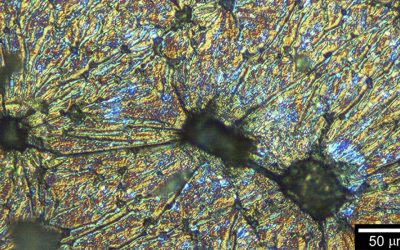 The best way to find out what we do not understand in a process is to try to model its physico-chemical steps mathematically. The Institute for Polymer Research (IPR) at the University of Waterloo has been working on different aspects of modeling important multicomponent polymerizations (i.e., polymerizations involving several monomers) for over two decades. Recently, they have outlined a complete methodology for estimating reactivity ratios for copolymerizations in their work on the “Design of experiments for reactivity ratio estimation in multicomponent polymerizations using the Error-in-Variables-Model approach”.
The best way to find out what we do not understand in a process is to try to model its physico-chemical steps mathematically. The Institute for Polymer Research (IPR) at the University of Waterloo has been working on different aspects of modeling important multicomponent polymerizations (i.e., polymerizations involving several monomers) for over two decades. Recently, they have outlined a complete methodology for estimating reactivity ratios for copolymerizations in their work on the “Design of experiments for reactivity ratio estimation in multicomponent polymerizations using the Error-in-Variables-Model approach”.
The parameter estimation technique used in this work is the Error-in-Variables-Model (EVM), since this technique is one of the most general, advanced and reliable ones, as it takes into account the error in all variables involved. Generally, to be able to estimate best possible values of parameters (like reactivity ratios), it is essential to work with the proper information content. In order to obtain the best information, it is imperative to find the optimal location at which to perform an experiment or a set of experiments. Hence, design of experiments is an essential step in this regard, and similar to the parameter estimation step, looking for optimal experiments should also be considered under the EVM context, where the design variables are themselves subject to error as well.
N. Kazemi, T. A. Duever, and A. Penlidis in their recent publication explain the implementation of the EVM design criterion in detail, with specific applications on the estimation of reliable reactivity ratios for typical copolymerizations. Several computational guidelines are provided with respect to working with different systems with different reactivity ratio values. Typical trends of the analysis are highlighted in order to arrive at tips and prescriptions useful for the practitioner.

















